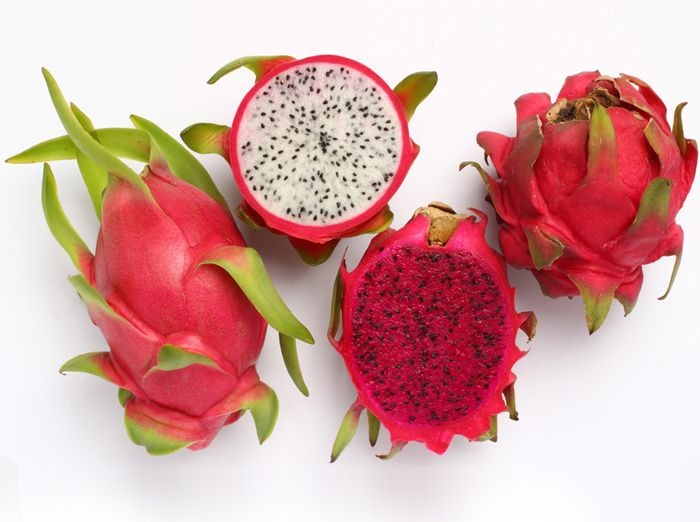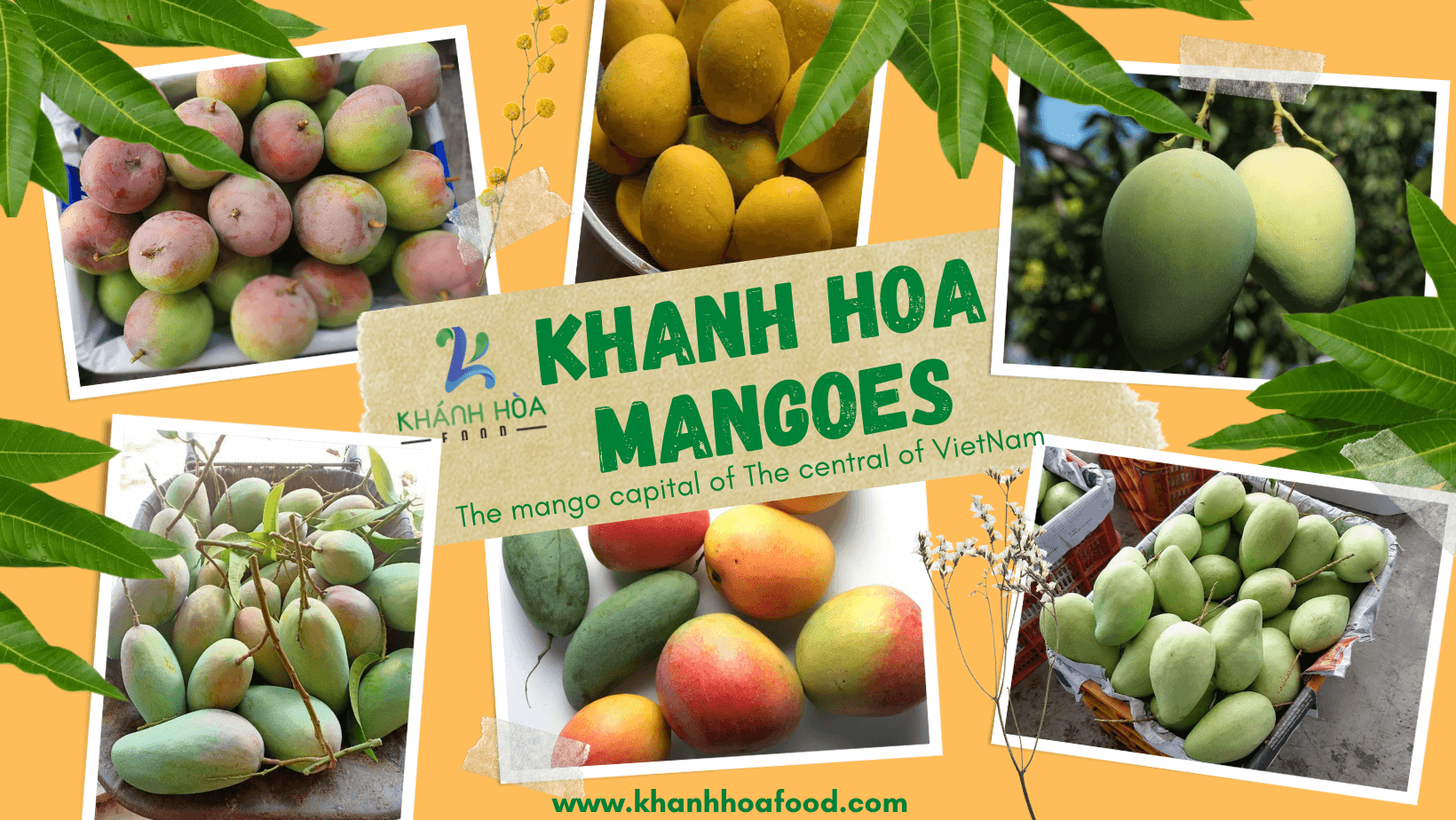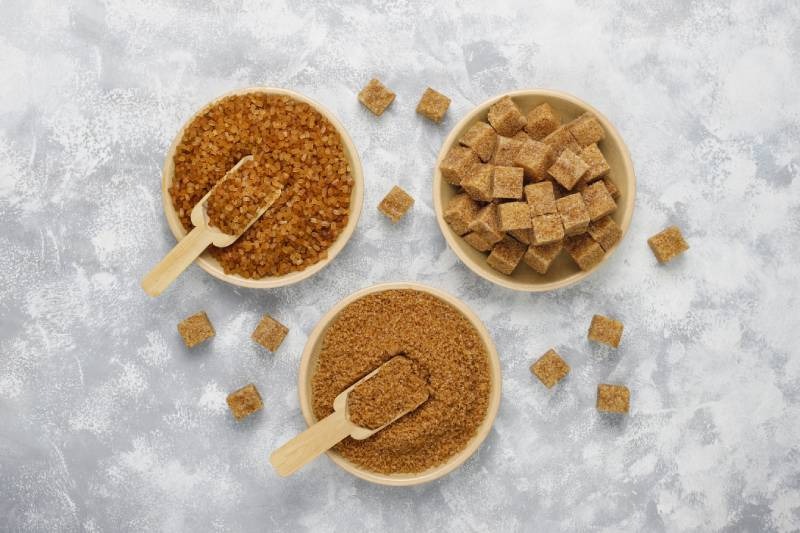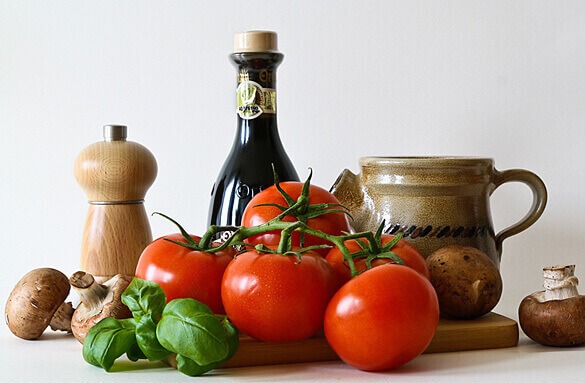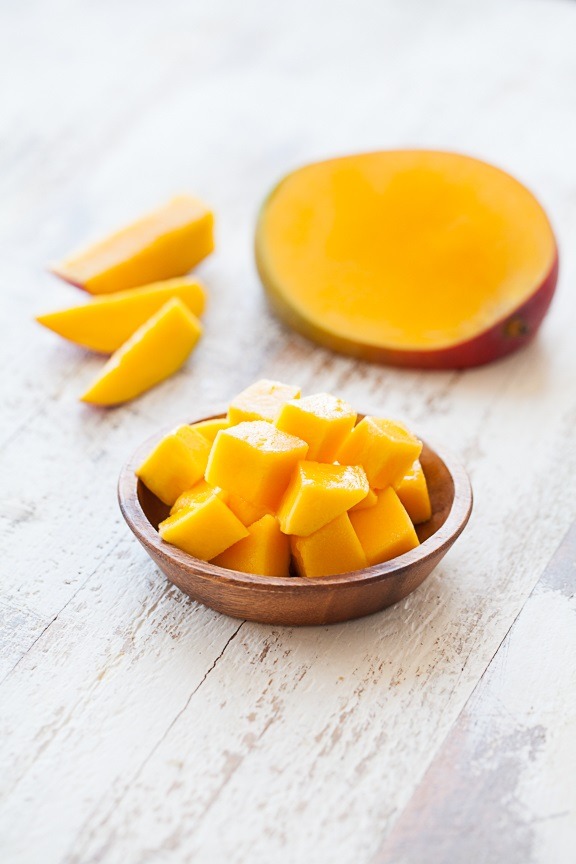Dragon Fruit In Vietnam
Dragon Fruit In Vietnam
Dragon Fruit

Việt Nam has three major economic focal points: Northern, Central, and Southern.
Each of these is defined by a large city that acts as the hub for economic activity in that area and, in the case of Southern Việt Nam, this city is Sài Gòn (HCMC).
The northern portion of Southern Viết Nam is mountainous, while the Mekong River Delta at the lower portion of the region is flat and marshy. The central portion is flat and dry, which is the prime climate for dragon fruit to prosper.
History
For centuries, Việt Nam survived on an agriculturally-based economy with little to no international trade. The Vietnamese learned to modify their land to generate the highest yield possible, including terracing and irrigation. The main crops were rice, sugarcane, cassava, corn, sweet potatoes, nuts, and coffee. Water-intensive crops, such as rice and sugarcane, flourished when the Vietnamese mastered the use of dykes.
During and after the Việt Nam war, the country struggled with food shortages and corrupt governments. The years immediately following the war held unsteady and fluctuating agriculture production. Intense drought and flooding hurt irrigation infrastructure, hampering crop yields.
Collectivization of agriculture in Việt Nam was enforced by the Communist party until 1988.
In 1986, Đổi Mới, a large-scale economic reform, was introduced, and it is has been incredibly successful.
Today, agriculture makes up a large part of Việt Nam’s GDP; however, industrialism is rapidly growing in Vietnam’s emerging economy.
The Fruit
Dragon fruit is from a fruit tree belonging to the cactus family, a group of dry tropical plants, originating in the desert region of Mexico and Columbia. Dragon fruit was brought to Việt Nam by the French in the 19th century, scattered in the garden, until the 1980s were planted commercially. Most of the dragon fruits grown in Việt Nam are Hylocereus undatus, with red or pink skin/white-fleshed remaining as red-fleshed. The red-skin fruit with white-fleshed accounts for 95%, the remaining 5% is red-skin fruit with red-fleshed.
Dragon fruit season is from April to October, the most from May to August. Many varieties of dragon fruits are bred to increase productivity, quality and suit each region’s land and climate. At the Southern Horticultural Research Institute (SOFRI), there are currently 20 varieties of dragon fruit preserved from domestic sources and imported from abroad and 40 hybrid dragon fruit varieties, serving the research, gene conservation, and breeding selection.
Land Area
Việt Nam is the country with the largest area and production of dragon fruit in Asia and also the leading dragon fruit exporter in the world. The area of dragon fruit growing in Việt Nam increased rapidly from 5,512 ha in 2000 to 55,419 ha of dragon fruit growing area with a total output of about 1,074,242 tons in 2018.
Dragon fruit is currently grown in almost all provinces/cities but strongly developed into large-scale specialized cultivation areas concentrated in provinces such as Bình Thuận, Tiền Giang, and Long An. The area of dragon fruits in these three provinces accounts for 87.44% of the total area and 94.65% of the whole country, the remaining dragon fruit area is distributed in some Southern provinces such as Vĩnh Long, Trà Vinh, Ninh Thuận, Bà Rịa – Vũng Tàu and some Northern provinces.
Off-season planting techniques
In order to maintain producing throughout the year. Vietnamese farmers have developed a Lighting technique to the dragon fruit for the off-season. Currently, dragon fruit lighting techniques used at night to handle off-season flowering in short-term conditions have been widely applied by farmers to bring high profits. Depending on the season, the time for lighting the lamp like the number of nights, the number of hours per night changes accordingly so that the dragon fruit tree can flower.
Export
The economic value of dragon fruit in Việt Nam has skyrocketed in the past decades. Dragon fruit makes up 55% of the country’s fruit export turnover. A small portion of the dragon fruit grown in Việt Nam is sold domestically, roughly 20%, while the remaining 80% is sold internationally.
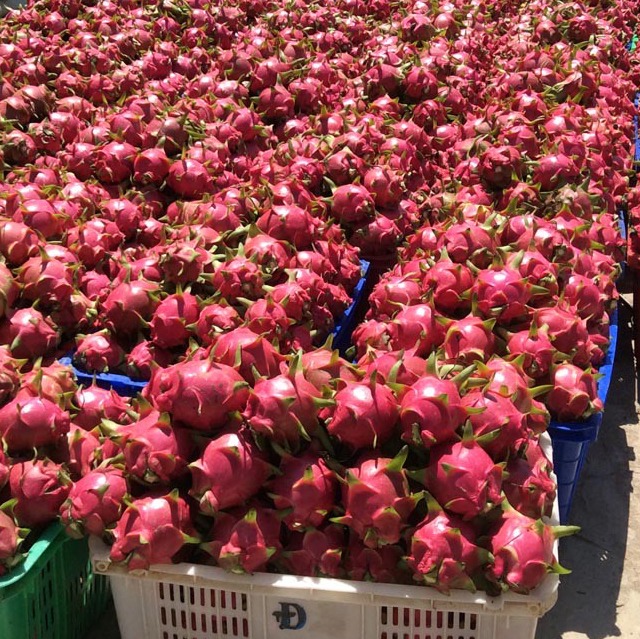
In 2016, the country earned US$895 million from the export of dragon fruit. The main importer of Vietnamese dragon fruit in China, who makes up over 90% of total turnover, followed by the US and Thailand, who account for approximately 2% of total turnover each.
Social Implications
Dragon fruit labour is divided by gender. Men work in physically demanding jobs, such as building tree mounds, which receive higher wages. Women work in jobs that require bending and squatting, such as harvesting and pruning and are paid less.
Since dragon fruit is so profitable in Việt Nam, people who work in agricultural jobs receive higher wages than those who work in cities. Because of this, the rural-to-urban immigration rate is low in Việt Nam.
Despite the low rural-to-urban immigration rate, cities in southern Viết Nam, especially Sài Gòn, are growing quickly.
Environmental Influences
Research on the effects of climate change on southern Việt Nam show that frequency and severity of droughts will increase, and Southern Việt Nam is seeing more droughts during El Niño. Due to drought, sea-level rise, and salt-water intrusion, fresh water is becoming a scarce resource in the region.
Dragon fruit is adaptable and fairs well in droughts. Under current conditions, dragon fruit production will not be overly affected.
Super Fruit
The dragon might not be real but this fruit sure is. Known for its hardy pink skin, its unique seed-speckled flesh, dragon fruit tastes like a mix between a kiwi and pear with a slight crunchiness. Dragon fruit packed with many natural antioxidants like betalains. Betalains are actually the class of pigment (specifically red and yellow) that gives dragon fruit its captivating colour. However, they’ve been found to contribute a lot more than just pretty colour. In some studies, it appears that betalains may reduce LDL cholesterol level, contain anti-inflammatory properties, and stimulate the growth of new blood vessels.
Dragon fruit is low in calories but packed with essential vitamins and minerals. It also contains a substantial amount of dietary fibre. Beyond essential nutrients, dragon fruit supplies beneficial plant compounds like polyphenols, carotenoids and betacyanins.
Furthermore, studies from US National Library of Medicine National Institutes of Health shows that eating dragon fruit can prevent the risk of having Chronic diseases and it can act as an Anti-Aging product because dragon fruit is packed with Vitamin C, betalains and carotenoids in which acts as an antioxidant substance. And importantly, antioxidants work best when eaten naturally in food, rather than in pill form or as a supplement. In conclusion, Dragon Fruit is a delicious tropical Super Fruit putting it in the position to compete against “The King of Fruit”-Kiwi.
Dragon Fruit Bread
A bakery in Việt Nam has created a new type of bread to use up the tons of dragon fruit going unsold due to the coronavirus outbreak.
Massive amounts of dragon fruit have been going unsold in Viết Nam, as the country shut down much of its trade with China due to coronavirus concerns. In an effort to use up the excess fruit, Sài Gòn-based chain ABC Bakery developed a new recipe for bright pink bread, replacing 60% of the water in the dough with dragon fruit smoothie.
The bread was an instant sensation in Việt Nam. Even as the chain quickly ramped up production to make 20,000 loaves of dragon fruit bread a day, ABC Bakery told that it had been forced to limit customers to only buying five loaves at a time.
Challenges
The abuse of pesticides and growth regulators on dragon fruit is still occurring and not meeting the demand of markets for food safety. Infrastructure for intensive production of dragon fruit has not been invested properly, lack of electricity and irrigation systems, especially in drought and water shortage conditions. This has led to a decrease in the planting area of dragon fruit in Việt Nam in recent years.
Vietnamese farmers have long been unfamiliar with record-keeping when using pesticides. This leads to difficulties in traceability when an outbreak occurs. More importantly, it directly affects the Vietnamese agriculture industry when the International markets are tightening on pesticide residue issues which requires the growing areas to always keep records and control the pesticide residue.
Vietnamese Farmers and Exporters did not attach the importance of post-harvest preservation and cold storage for dragon fruit. This causes damages to the goods upon the shipment over to international consumers. Worse, it reduces the product’s shelf-life. Thereby creating a bad reputation for Vietnamese fruits; loss of trust from international consumers and destroying the reputation of Vietnamese export companies.
Currently, Vietnamese enterprises are mostly small vendors. Along with limited research, when selling goods to foreign countries, Vietnamese enterprises have not been able to create Marketing plans for dragon fruit. Therefore failed to create awareness from foreign consumers.
Solution
Unify product quality standards throughout the country in accordance with international food hygiene and safety standards.
In addition to the white flesh variety, there are other varieties such as red flesh variety named LD1, purple and pink flesh variety named LD5. Diversification of varieties will contribute to diversified products in the market while reducing competition pressure for tractional white flesh variety. This is true especially for the LD5 variety which has the advantages of long-term preservation, good quality, beautiful appearance, high disease resistance that promise a new potential future for the dragon fruit production in Việt Nam.
Enterprises are recommended to invest more in deep processing, which allows them to diversify products and markets. In addition to promoting processed products, advanced preservation technology should be applied to develop fresh product segments in high-quality markets.
In order to further support exportation of the fruits, the Việt Nam fruit association and competent agencies should push forward negotiations to remove trade barriers and find out new exports and niche markets. Apart from annual trade promotion activities, market research and product brand development should be customized for each target market, so that it satisfies local consumers and assures the stable position of Việt Nam products in foreign distribution chains.
